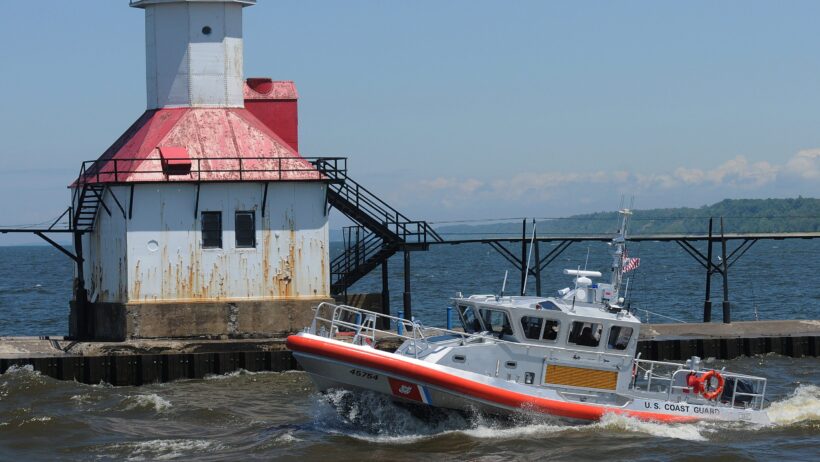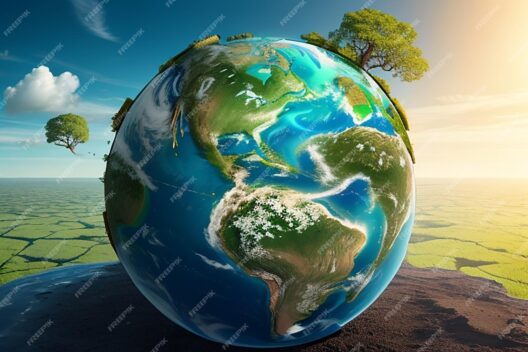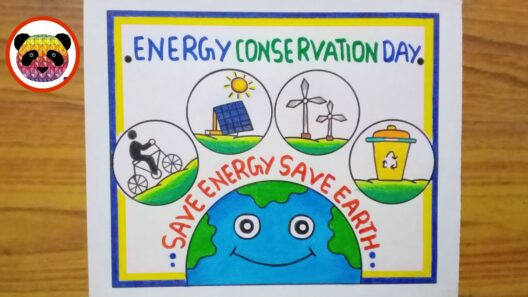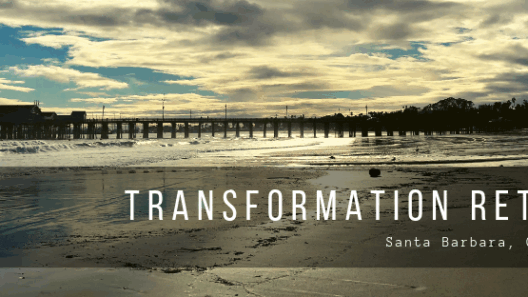The Great Lakes, a colossal freshwater system located in North America, comprise Lakes Superior, Michigan, Huron, Erie, and Ontario. Collectively, they represent one of the largest surface freshwater systems in the world, housing approximately 20% of the globe’s fresh water. However, this unique ecological treasure is facing unprecedented threats due to climate change and global warming.
Climate change, primarily driven by anthropogenic activities, has emerged as a formidable challenge for the Great Lakes region. Rising temperatures, shifting precipitation patterns, and increased frequency of extreme weather events are contributing to a concerning metamorphosis of the ecosystem. These changes not only jeopardize the environmental stability of the lakes but also pose significant risks to the economic and social fabric of the communities that depend on them.
One of the most pressing issues is the increasing water temperatures in the Great Lakes. As global temperatures rise, surface water temperatures in these bodies of water are following suit. Warmer waters can trigger a cascade of ecological repercussions, including changes in aquatic life behavior and biodiversity. Species that thrive in cooler waters, such as certain fish populations, may struggle to survive, while warm-water species, such as northern pike, may proliferate. This shift can disrupt the balance of the aquatic ecosystem, leading to diminished native fish populations and the proliferation of invasive species.
Moreover, warmer temperatures can exacerbate the occurrence of harmful algal blooms. These blooms, caused by nutrient pollution and conducive conditions such as rising temperatures, can release toxins detrimental to aquatic life and human health. Lakes such as Erie have witnessed alarming increases in algal blooms, leading to the shutdown of drinking water facilities and raising concerns over public health safety. The economic implications of these events are stark, as affected communities face potential losses in tourism, fishing, and recreational use of the lakes.
The hydrological dynamics of the Great Lakes are also being altered by climatic shifts. Decreased ice cover, a byproduct of warming temperatures, leads to increased evaporation rates, further reducing water levels. The Great Lakes’ water levels have previously fluctuated dramatically, contributing to ecological imbalance and erosion of shorelines. As ice cover diminishes, shoreline erosion accelerates, threatening infrastructure, property, and natural habitats along the lake edges. Communities are increasingly facing the burden of property damage and costly remediation efforts.
Rainfall patterns in the Great Lakes region are undergoing significant changes as well. The increasing intensity of rainfall events, coupled with longer dry spells, impacts the watershed’s hydrology. Excessive rainfall can lead to increased runoff, resulting in the introduction of pollutants and sediments into the lakes. This phenomenon diminishes water quality, induces further algal blooms, and threatens the entire aquatic ecosystem.
In terms of biodiversity, climate change is altering species distribution and abundance within the Great Lakes. Native fish populations, reliant on specific thermal regimes, are at risk. The migration of invasive species into the Lakes, facilitated by warmer waters, poses an additional threat to native biodiversity. Limnocharis, zebra mussels, and sea lampreys are examples of invasive species that disrupt the balance of the ecosystem, adversely affecting local fisheries and habitats. Restoring and protecting native species is an integral component of maintaining the ecological integrity of the Great Lakes.
The impact of climate change on the Great Lakes is not confined to environmental concerns; it also extends to socio-economic contexts. The fishing industry, crucial for many communities, is likely to suffer as fish populations decline. A reduced fish stock translates into financial hardship for fishermen and, by extension, local economies dependent on the fishing sector. Similarly, tourism, which thrives on the natural beauty and recreational opportunities of the shoreline, could suffer if environmental degradation continues. Efforts to promote sustainable practices and management strategies will be instrumental in preserving this critical resource.
To address the multifaceted challenges posed by climate change, stakeholders in the Great Lakes region must adopt a holistic and proactive approach. Initiatives such as restoring wetlands, enhancing green infrastructure, and implementing effective watershed management strategies are crucial. These measures serve to restore natural functions, improve water quality, and bolster the resilience of this vital freshwater ecosystem. Collaborative efforts between governmental organizations, non-governmental agencies, and local communities can foster a united front against the existential threats facing the Great Lakes.
Moreover, it is imperative to raise awareness about the significance of the Great Lakes and the urgent need for sustainable management practices. Education campaigns highlighting the impacts of climate change on freshwater resources can mobilize public support for conservation initiatives. Encouraging individuals to strive for environmentally conscious practices in their daily lives contributes to the collective effort in preserving the integrity of the Great Lakes.
In conclusion, the Great Lakes stand as both a treasure and a testament to the beauty and fragility of freshwater ecosystems. As climate change unfolds, it is vital to recognize the sweeping implications for both the environment and the communities relying on these bodies of water. A concerted effort is crucial to implement strategies that mitigate the threats posed by climate change, ensuring the longevity and health of the Great Lakes for generations to come. Vigilance, education, and collaboration are key pillars upon which the future of the Great Lakes will be built.








